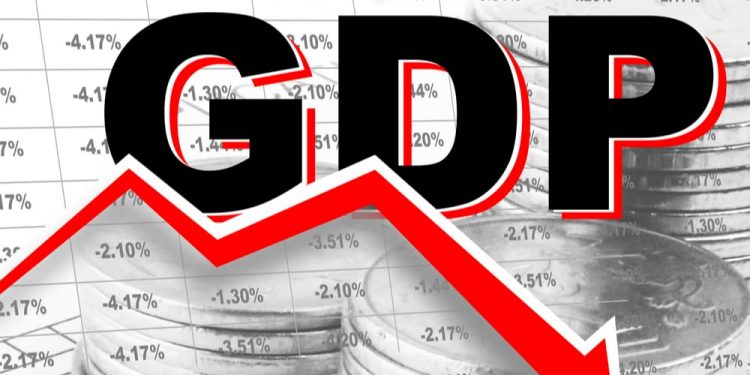New Delhi: India’s GDP growth slowed to 5.4 per cent in October-December 2021 before the full fury of the third wave of coronavirus infections struck the country. Even though the economy faces fresh geopolitical risks, it still remains the fastest growing in the world. Asia’s third-largest economy is projected to grow 8.9 per cent in the fiscal year ending March 31. It is however, slower than previously anticipated 9.2 per cent, according to the data released Monday by the Statistics Ministry. Gross Domestic Product (GDP) grew 5.4 per cent in October-December as compared to 0.7 per cent in the year-ago period and 8.5 per cent in the preceding quarter.
The slowing momentum follows curbs on economic activity that came in towards the end of the quarter to check the spread of the Omicron variant of the virus. The weaker pace of growth came in ahead of the heightened geopolitical risks to the economy from higher prices of commodities and energy after Russia invaded Ukraine.
GDP is projected to grow 8.9 per cent for 2021-22 compared with 6.6 per cent contraction last fiscal.
The third quarter (October-December) numbers were impacted by a slower than expected growth in agriculture (2.6 per cent), muted manufacturing (0.2 per cent) and contraction in construction (-2.8 per cent) despite activity picking up.
This was before the Omicron variant of the coronavirus peaked earlier this year, forcing many states to impose curbs. The third quarter was also the quarter of the festive season, so high consumption normally pushes up the demand. The slowdown in the growth rate reflects the absence of private spending.
Though the third Covid-19 wave has now subsided, the economy faces headwinds arising out of the geopolitical situation caused by the Russia Ukraine conflict.
Oil prices climbed to over a seven-year high amid the Russia-Ukraine conflict. Last week, Finance Minister Nirmala Sitharaman flagged that the pandemic recovery will be challenged by geopolitical risks. A rise in inflation and energy prices will likely put pressure and pull down the full-year growth rate.
“The quarterly GDP growth numbers of FY22 is heavily influenced by the base effect, yet it indicates that the recovery in 3QFY22 cannot be yet called a robust recovery,” Sunil Kumar Sinha, Principal Economist at India Ratings and Research, said.
“Several indicators such as consumption of steel, sale of commercial/passenger vehicle, cargo handled at seaports are either showing negative or low growth despite the extraordinary low base of FY21. The situation is unlikely to be very different even in 4QFY22 due to third wave of Covid-19,” he noted.
India Ratings expected the fourth quarter (January-March 2022) growth to come in at 5.1 per cent.







































